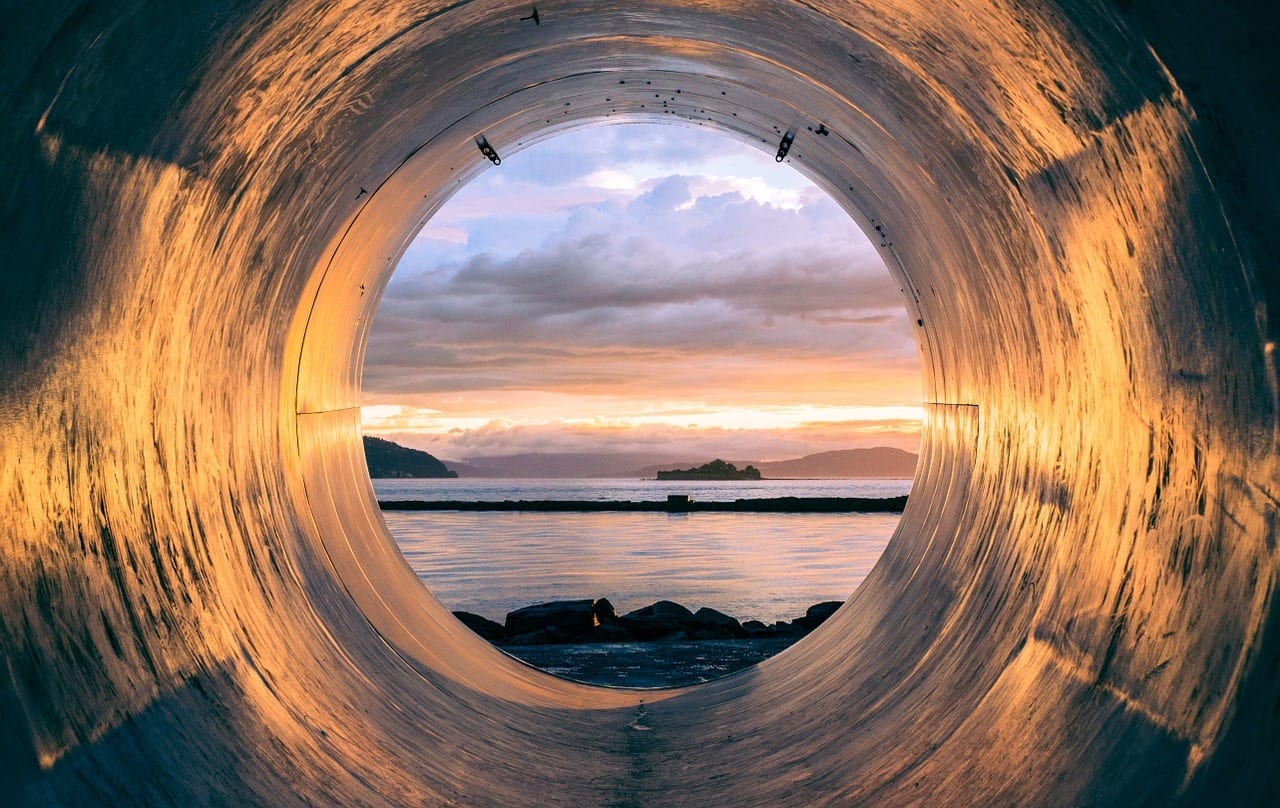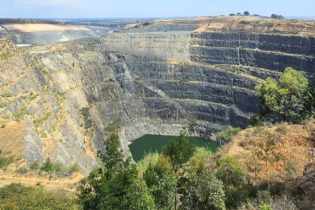South Africa’s drought
“While we have made great strides, in terms of access to water and using technology and innovation, the country is still faced with the challenge of limited access to water,” he said. “Severe drought has led to five out of our nine provinces being declared disaster areas. “Water scarcity affects the economy, society, and the environment,” he continued. “Many experts have claimed that the wasteful treatment of water results from dysfunctional political or economic systems and ill-defined markets.” However, Erdmann believes one of the main issues is that water has been pushed into a linear model in which it becomes successively more polluted as it travels through the system, making future use impossible.Circular water economy
In the water sector, a circular economy approach will mean reusing water constantly, imitating the way the natural water cycle works, Erdmann said. He explained that the circular economy approach offers promising new perspectives to develop a social and economic dynamic, where population and economic growth are balanced with environmental protection.An example of how innovation and technology can be used is seen through young South African entrepreneur, Paseka Lesolang, who is the founder of Water, Hygiene and Convenience.
Erdmann explained that Lesolang developed a toilet system known as the “leak-less valve” that stops the inflow of water into a cistern. “During his research, he found that a leaking toilet can waste anything between 20 to 700 litres of water a day,” Erdmann said. That is equivalent to seven bathtubs of water. “The technology he developed saves 140 litres of water a day per house and conserves water resources,” he added. Erdmann feels that we no longer have a choice as we are pushed towards the circular model on a daily basis due to the increasing scarcity and pollution of natural resources. “This is compounded by the growing environmental consciousness of citizens, governments and companies,” he said. “In order to achieve this, we need to change our thinking and address these issues collaboratively.” Having seen how the circular economy model has benefitted the South African economy and essentially dealt with the waste tyre problem, Erdmann believes the shift to a circular water economy holds much promise. “It would replace scarcity with abundance and greatly reduce the resources needed to run our global water infrastructure,” he said. He added that moving away from the traditional consumption models requires an increase in the recycling and reuse of materials, including water. “A circular water economy might even eliminate rapidly growing clean-up costs because no harmful substances would be added to the water supply,” he said. “If we do not act now, by 2050 at least one in four people are likely to live in a country affected by chronic or recurring shortages of fresh water – a harsh reality to live with.”








